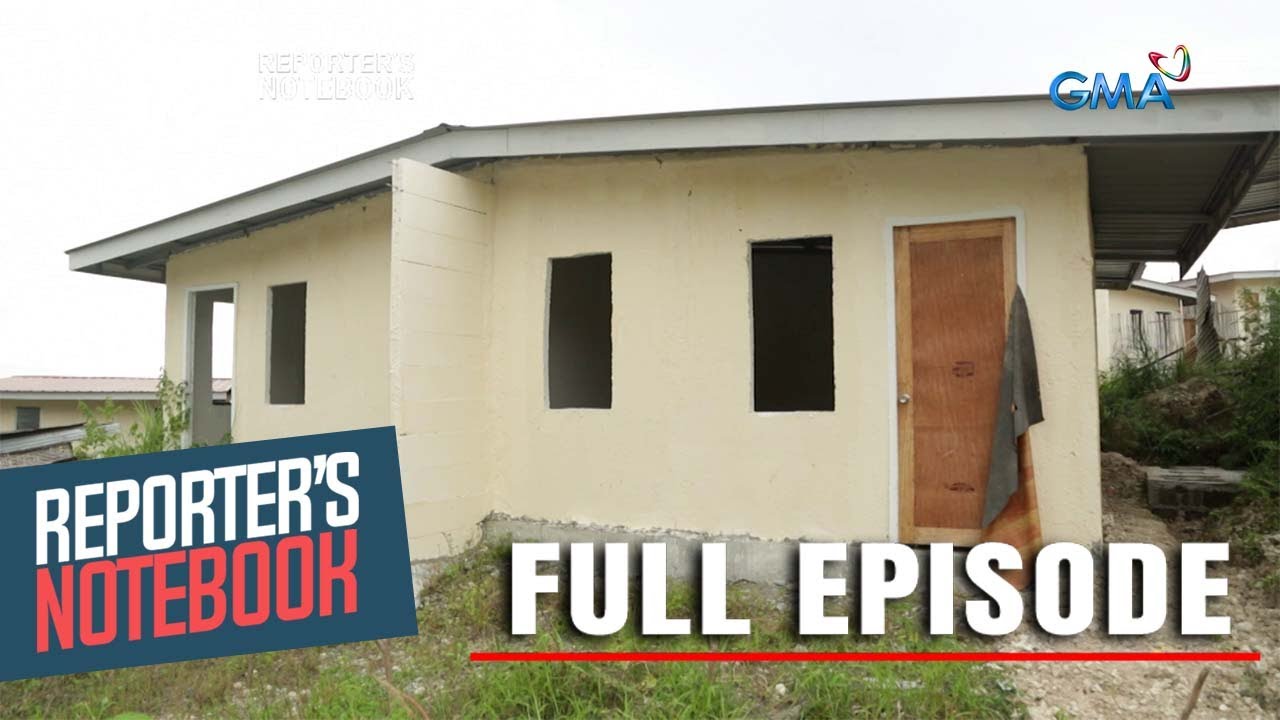Why Mumbai Has Slums
Summary
TLDRThis transcript explores the housing crisis in Mumbai, where over half the population lives in slums due to the lack of affordable housing. Despite the high demand, formal housing remains out of reach for many, exacerbated by land scarcity, government indifference, and market forces that favor high-end developments. The situation has led to a paradox where vacant houses coexist with widespread slums. The discussion highlights the need for better policies focused on upgrading informal settlements and providing affordable housing options.
Takeaways
- 🏢 Shakti Verma, a resident of a slum in Mumbai, left a well-paying job to start his own business due to the unaffordability of housing in the city.
- 📉 Over 52.5% of Mumbai's population lives in slums, which occupy only 9% of the city's total geographical area.
- 🏘️ The lack of formal, affordable housing options forces many residents into slums, exacerbated by the high cost of land in Mumbai.
- 🏗️ Post-1991 liberalization led to increased reliance on the private sector for development, reducing the government's role in affordable housing.
- 💰 Slum rehabilitation schemes often involve private builders constructing flats for slum residents while using most of the land for high-end apartments.
- 📈 Mumbai's housing market is also an investment market, leading to high numbers of vacant houses despite the housing shortage.
- 🏚️ The Bombay Rent Control Act of 1947, now the Maharashtra Rent Control Act of 1999, disincentivizes landlords from renting out properties at pre-1965 rent levels.
- 🏙️ Despite land scarcity, there is enough real estate in Mumbai to build sufficient affordable housing units through slum and model land redevelopment.
- 🚫 Both government and private sectors have historically failed to meet Mumbai's housing demand, producing only 20,000 units annually against a demand of 50,000 units.
- 🔄 Experts suggest upgrading informal settlements and providing serviced land for self-building as a viable solution to the affordable housing crisis.
Q & A
What motivated Shakti Verma to leave his job and start his own business?
-Shakti Verma left his job that paid him one lakh rupees a month to start his own business because he believed he could never afford a proper house in Mumbai on a fixed salary.
Why do over 50% of Mumbai's population live in slums?
-Over 50% of Mumbai's population lives in slums due to the lack of formal affordable housing options in the city.
What are some challenges faced by residents living in Mumbai's slums?
-Residents in Mumbai's slums face social and financial burdens, being labeled as encroachers and illegal settlers, and suffering from poor sanitation and overcrowding.
What impact did the 1991 liberalization have on affordable housing in Mumbai?
-The 1991 liberalization led the government to abandon its responsibility for social welfare projects, including affordable housing, and shifted focus to privatization for development.
How has the real estate market in Mumbai contributed to the housing crisis?
-Mumbai's real estate market has become an investment market, leading to high property prices and many houses being kept vacant as investment assets rather than for residential use.
What is the significance of the Bombay Rent Control Act in the housing market?
-The Bombay Rent Control Act of 1947, which froze rents at pre-1965 levels, disincentivizes landlords from renting out properties, contributing to the housing shortage.
What potential solution is suggested for addressing the housing shortage in Mumbai?
-A potential solution is the redevelopment of slum and government-owned land to create surplus affordable housing units, focusing on upgrading informal settlements and providing serviced land.
Why is there skepticism about the government's ability to address the housing crisis?
-Skepticism arises from the government's historical inability to meet housing demands, with public and private housing output falling short of the annual demand since 1947.
What is the argument against the belief that providing better housing would lead to more migration into cities?
-The argument is that migration is driven by employment opportunities and the prospect of a better life, not by the availability of housing alone.
How has the approach to housing in Mumbai evolved over the last century?
-Over the last century, Mumbai has shifted from demolishing informal settlements to creating slum rehabilitation schemes, yet the city continues to struggle with providing adequate housing for its population.
Outlines

Cette section est réservée aux utilisateurs payants. Améliorez votre compte pour accéder à cette section.
Améliorer maintenantMindmap

Cette section est réservée aux utilisateurs payants. Améliorez votre compte pour accéder à cette section.
Améliorer maintenantKeywords

Cette section est réservée aux utilisateurs payants. Améliorez votre compte pour accéder à cette section.
Améliorer maintenantHighlights

Cette section est réservée aux utilisateurs payants. Améliorez votre compte pour accéder à cette section.
Améliorer maintenantTranscripts

Cette section est réservée aux utilisateurs payants. Améliorez votre compte pour accéder à cette section.
Améliorer maintenantVoir Plus de Vidéos Connexes

10 Reasons You Can’t Afford to buy a House?

Why are so many seniors in San Diego aging without a home? | NBC 7 San Diego

How Singapore Fixed Its Housing Problem

‘Pera Natin ‘To — Pabahay’ (Full Episode) | Reporter's Notebook

Habitation: Reinventing Housing for the Urban Age

Rencana Pembangunan dan Perkembangan Perumahan dan Kawasan Permukiman (RP3KP)
5.0 / 5 (0 votes)
